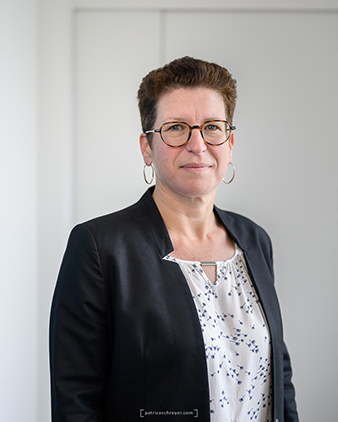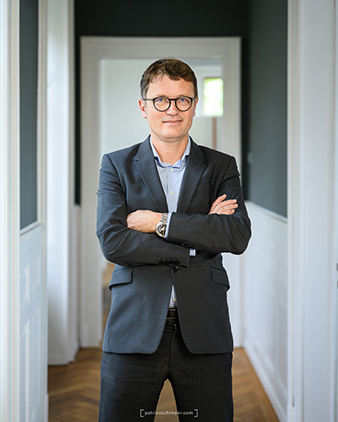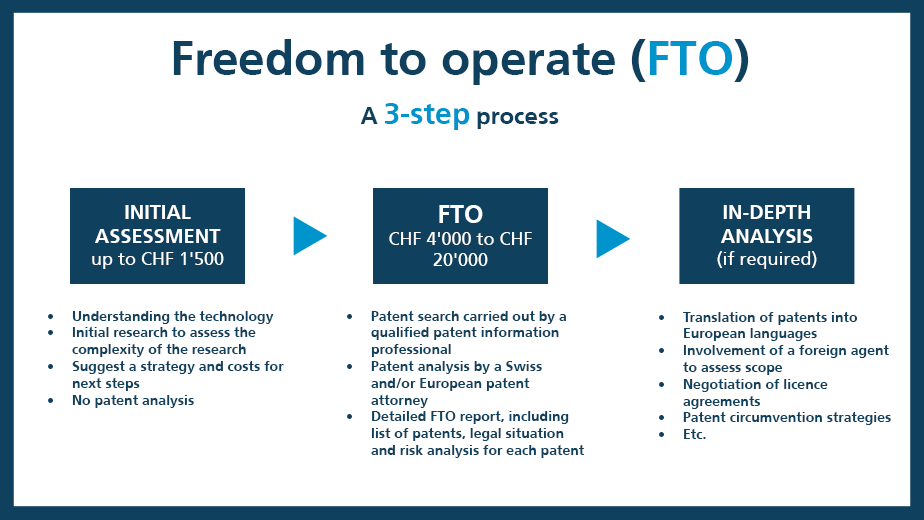
P&TS brings together a team of patent information analysts with a background in engineering, patent law and patent search. All are QPIP (Qualified Patent Information Professionals) certified, which allows P&TS to meet the highest international standards in patent searches. The close collaboration between QPIP analysts and patent attorneys ensures the highest quality patent search and analysis of results, which is essential for making informed decisions before filing a patent, launching a product, or in intellectual property litigation.
Patentability study
The purpose of patentability studies is to check whether an invention meets the requirements for obtaining a patent. To this end, we check the novelty and inventive step involved in the invention by means of a search of our databases. The result of the study is a detailed report that usually contains a list of documents discovered during the search (e.g. patents, but often also scientific articles, publications, web pages, etc.) as well as concrete recommendations on the possibilities of protection in the different countries.
The patentability study report identifies the inventive contribution of a new product to the prior art. It thus makes it possible to optimize the subsequent drafting of a patent application by clearly distinguishing itself from the prior art discovered. In addition, protection strategies, such as the choice of the initial country or the content of claims, are adapted according to these results.
Freedom to operate
The purpose of freedom-to-operate searches is to verify whether a new product can be marketed without infringing existing patents. Often, freedom-to-operate searches are carried out before the product is fully developed, in order to orient the search to take into account third-party patents.
Freedom to operate searches are generally more complex than patentability studies; For each patent discovered, it is a question of checking the content of the claims as well as the legal status, in order to verify exactly the content of the claims. At P&TS, this work is done in close collaboration between the analyst who conducts the search and the patent attorney who interprets the patents discovered and analyzes their impact on products.
When it comes to interpreting patent claims outside Europe or Switzerland, we also rely on our international network of correspondents in order to be able to reliably verify the risk of infringement caused by a patent. The results of a freedom to operate search consist of a list of documents accompanied by a report identifying precisely the risks involved in relation to each patent as well as the possibilities for circumventing, attacking or licensing these patents.
Freedom to operate studies are usually a multi-step process:
Validity search
There are three options when a third-party patent is discovered that threatens a company’s activities: acquiring a license, modifying the product to circumvent the patent, or having the patent revoked, for example by means of opposition or invalidity proceedings. The latter solution is possible if the patent is invalid, for example if it lacks novelty or if the grant procedure has been marred by errors such that revocation is necessary.
We can help you revoke a patent and assist you with all the necessary steps during opposition proceedings. We usually start by completing the search carried out by the patent office that granted the patent, in order to check whether all relevant documents have been taken into account.
Thanks to our experience in the field of technology watch, we can discover prior art that calls into question the novelty or inventive step of a granted patent. We also check the entire grant procedure to discover possible “latent defects” in the patent – for example, an unauthorised extension of its subject-matter after filing. We will submit the uncovered arguments to you, indicating the chances of success of an opposition procedure or an invalidity action based on these arguments.
Panoramic search
Landscape searches provide information on general patent trends in a particular field of activity. Depending on the number of patents available in the field of research, the results may include, for example, statistical indications on the evolution of the number of patents published each year, the main applicants, the most active fields, current research trends, etc. Patents that are particularly relevant or representative are extracted to illustrate the research.
This type of research is useful for understanding a very broad field for which exhaustive research would not be feasible, or for identifying a field before defining a technology watch strategy that is repeated periodically. For subscribers to this service, the search results can be viewed through personalized access to our enobox platform.







